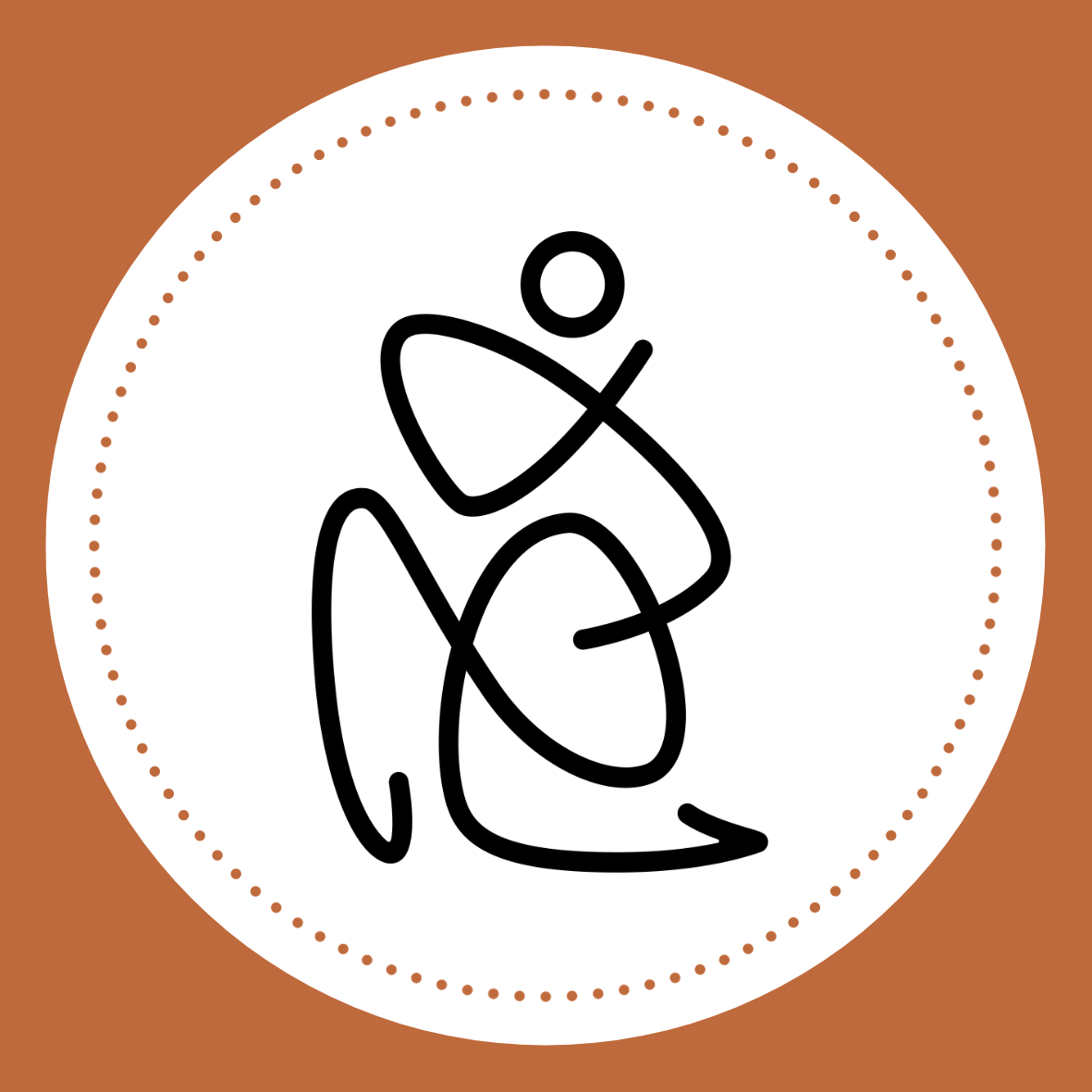C Section, Parents & Children
For the Mother:
C-section scarring often leads to deep fascial restriction, not just at the skin, but pulling tension deep into the organs and surrounding tissue.
This tension affects breathing, digestion, movement, and even emotional regulation.
One of the simplest ways to support healing is to gently twist and torque the tissue on and around the scar—above, below, and to the sides.
Breathe deeply as you do this.
You’re helping your body reclaim flow and release trapped pressure.
Hydration is essential.
We see the body as a bio-hydraulic, pressurized system.
If fascia is dry, it becomes rigid and can’t release properly.
True hydration is not just about water—it's water + minerals + fascia movement.
For the Baby:
During a vaginal birth, cranial bones naturally compress and then reset through the birth canal.
With a C-section, this critical reset doesn’t happen—and the cranial bones can stay compressed or misaligned, affecting nervous system flow.
We’ve observed significant shifts using two gentle maneuvers:
If your child is experiencing colic, restlessness, feeding issues, or early signs of ADHD, this cranial compression might be a contributing factor.
For deeper insights:
🔗 C-Section, ADHD & Head Trauma Video
Bonus Support:
Our Head and Face Masterclass with Jason offers key releases like the tongue and jaw, which are deeply tied to early fascial patterning and neurological function.
These practices help reestablish natural flow across the cranial and facial systems, setting a stronger foundation for growth and development.
Healing after a C-section is not just about recovering from surgery—it’s about restoring full-body flow for both mom and baby.
The body already knows how to heal.
We’re simply helping it remember.
